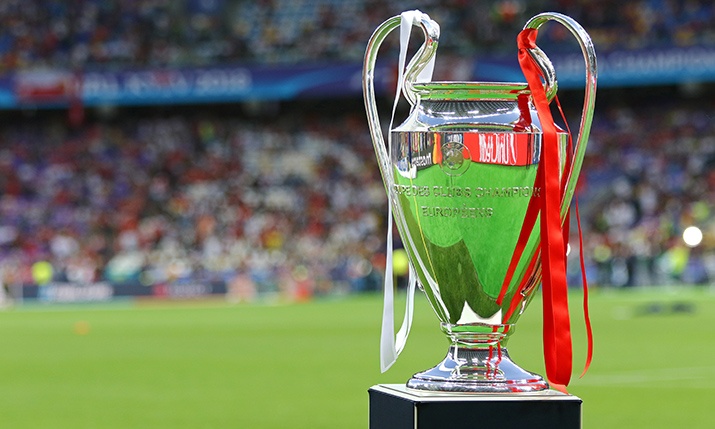Open Broadcast Systems delivers UEFA Champions League from the Faroe Islands using OneWeb LEO satellites

In a world first, Open Broadcast Systems delivered the UEFA Champions League Match between Faroese team KÍ Klaksvík and Ferencvaros of Hungary on 11 July using OneWeb low Earth orbit satellites.
The Faroe Islands have well-known connectivity challenges. The islands have only two fibres to the rest of the world, one going up to Iceland and the other going to the UK, and there have been fibre cuts in the past.
From time-to-time Faroese teams are drawn against major European teams, both in the Champions League and Europa League and so local providers are asked to deliver transmissions to the rest of the world to broadcast platforms.
Faroe does not have any satellite trucks of its own and it is also costly and time-consuming to send a traditional satellite truck on a boat to the island group. There is only around two weeks between the draw and the match so this can be a logistical challenge.
OneWeb is the only low Earth orbit (LEO) provider available in the Faroe Islands and recently a new smaller antenna, the Kymeta u8, was released. Previous antennas were very large (the size of a car) and so a culmination of factors made this test interesting: OneWeb being the only LEO provider in the region, testing this new smaller antenna and the fact it was a UEFA Champions League match going to many different broadcasters and streaming platforms so an alternate transmission path avoiding fibre would be desirable.
It was also useful to see if the new OneWeb technology could approach the quality of a traditional satellite vehicle, making it a viable alternative to satellite trucks in the future.
Open Broadcast Systems approached Network Innovations, a partner of OneWeb in the UK, a week before the match and they able to supply a Kymeta u8 antenna to use at the match. DHL Global Forwarding in the UK and Norlink in the Faroes were on hand to assist with the logistical challenge of actually getting it to the Faroes.
Open Broadcast Systems C-100 encoders were used to encode the signal into an industry-standard MPEG transport stream. This was performed by Ø-Media based in the Faroes. Zixi transport technology was used to transport the signal to Globecast in the UK for traditional satellite uplink. The Klaksvik Fire Brigade put the dish on top of the stadium roof so that it would have the best view of the sky.
The nature of LEO satellites means there is a handover between satellites every few minutes and Zixi was able to handle the small disturbances during this handover and deliver an error-free stream to Globecast. Open Broadcast Systems delivered a 10Mbps signal over OneWeb. The company’s goal in future tests is to reach the 13-15Mbps that a traditional satellite vehicle would use for an event of this size.
“We have proved that OneWeb is a suitable alternative to traditional satellite vehicles for high-quality sports transmissions by delivering a reliable stream at comparable bitrates,” said Kieran Kunhya, CEO, Open Broadcast Systems.

